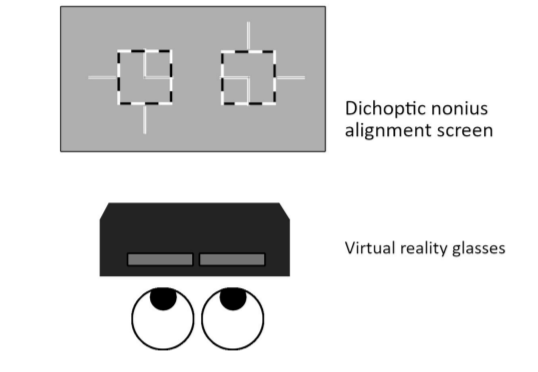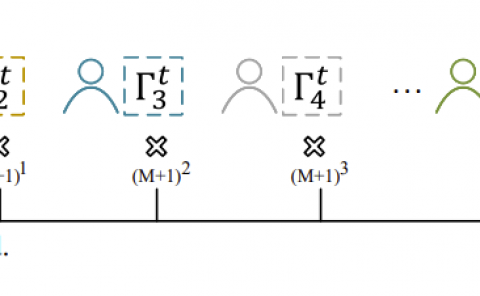Evaluation of a Virtual Reality implementation of a binocular imbalance test
PubDate: Aug 2020
Teams: University of Oviedo;Clinic Begira;University of California;Unidad de Investigación AP
Writers: Santiago Martín ,Juan A. Portela,Jian Ding,Oliver Ibarrondo,Dennis M. Levi
PDF: Evaluation of a Virtual Reality implementation of a binocular imbalance test

Abstract
The purpose of this study was (1) to implement a test for binocular imbalance in a Virtual Reality headset, (2) to assess its testability, reliability and outcomes in a population of clinical patients and (3) to evaluate the relationships of interocular acuity difference, stereoacuity and binocular imbalance to amblyogenic risk factors. 100 volunteers (6 to 70 years old, mean 21.2 ± 16.2), 21 with no amblyogenic risk factors and 79 with amblyopia or a history of amblyopia participated. Participants were classified by amblyogenic risk factor (24 anisometropic, 25 strabismic and 30 mixed) and, for those with strabismus, also by refractive response (16 accommodative and 39 non-accommodative). We characterized our sample using three variables, called the ‘triplet’ henceforth: interocular acuity difference, stereoacuity and imbalance factor. Binocular imbalance showed high test-retest reliability (no significant difference between test and retest in a subgroup, n = 20, p = 0.831); was correlated with Worth 4 dots test (r = 0.538, p<0.0001); and correlated with both interocular acuity difference (r = 0.575, p<0.0001) and stereoacuity (r = 0.675, p<0.0001). The mean values of each variable of the triplet differed depending on group classification. Mixed and non-accommodative groups showed the worst mean values compared with the other groups. Among participants with strabismus, strabismic vs mixed subgroups did not show significant differences in any variable of the triplet, whereas the accommodative vs non-accommodative subgroups showed significant differences in all of them. According to a univariate logistic model, any variable of the triplet provides a good metric for differentiating patients from controls, except for binocular imbalance for anisometropic subgroup. The proposed binocular imbalance test is feasible and reliable. We recommend monitoring amblyopia clinically not only considering visual acuity, but also stereoacuity and interocular imbalance. Stereoacuity on its own fails because of the high percentage of patients with no measurable stereoacuity. Binocular imbalance may help to fill that gap.

